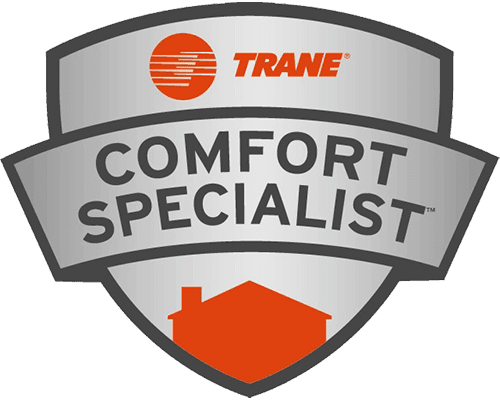Spring has sprung, and summer will be here before you know it. As the temperature rises, it’s important for you to have access to cool comfort in your home. Every space has different cooling requirements. These can vary due to a number of factors, like the location and size of your home, as well as the number of family members who live in it. No matter what, there are a wide variety of model types to choose from that are designed to meet the specific needs of your home. Here are the most common types of air conditioners that are available to you
- Central AC’s are the most common systems across the country because they can cool your whole home. Typically, these systems include a large compressor is situated outside that drives the cooling process. Indoor refrigerant coils then distribute air through your duct system.
- Heat Pumps work in a similar way to central air, but they can be used year round for heating as well. Heat pumps can help to save you on your utility bills, but if you live in areas with extreme temperatures they can be less effective.
- Room AC’s are very common during the summer months for homes that don’t have central air. They are typically mounted on a wall, ceiling, or through a window. Compressors are attached to the outdoor part of the unit, and these models are best for cooling a single room or small space. The upfront cost of room air conditioners is fairly low, but constant use will reflect in your electricity bill.
- Evaporative coolers are very useful in dry areas, as they work by pulling fresh air through an evaporative system. This system uses damp pads for whole house circulation. While these models may not be ideal for certain areas, they are very efficient and cost-effective to run. Because they add moisture to the air, they aren’t suitable for areas with high humidity.
- Ductless Mini-Split systems have grown increasingly popular in the past few years. These systems can be used for both heating and cooling and can be installed in one day. Mini-splits have two parts: an outdoor and an indoor component. A small hole in the wall connects the two, allowing it to pull air from the outdoors into your home. These systems are best for cooling specific ductless zones in your home, like an office or a master bedroom. They are energy efficient and can improve your air quality as well.
What to Consider Before Purchase
Before buying an air conditioner, you should do a little research. You may like what a specific model has to offer, but it may not be a good fit in your home. Here are things you should consider to help make your final decision:
- Capacity: Evaluate the size of the area that you need to be cooled and then choose a model that can meet the size needs.
- Energy efficiency: If your AC isn’t running efficiently, it can reflect in your utilities.
- Model: Each type of AC has different models with different capabilities, so it’s important to do your research ahead of time.
- Air quality: Make sure that your new AC has a dehumidification factor. This increases cooling and comfort and is much better for your air supply that a system with ducts.
- Installation and maintenance: Depending on the model, installation and maintenance can vary. It’s important to keep in mind that depending on the system, it may take longer or be more invasive in your home.
- Cooling speed: Some models can cool a room much faster than others, so think about your needs.
Here at Papalia, we want to keep you cool and comfortable all spring and summer long. For help choosing the best AC for your home, call us today!












